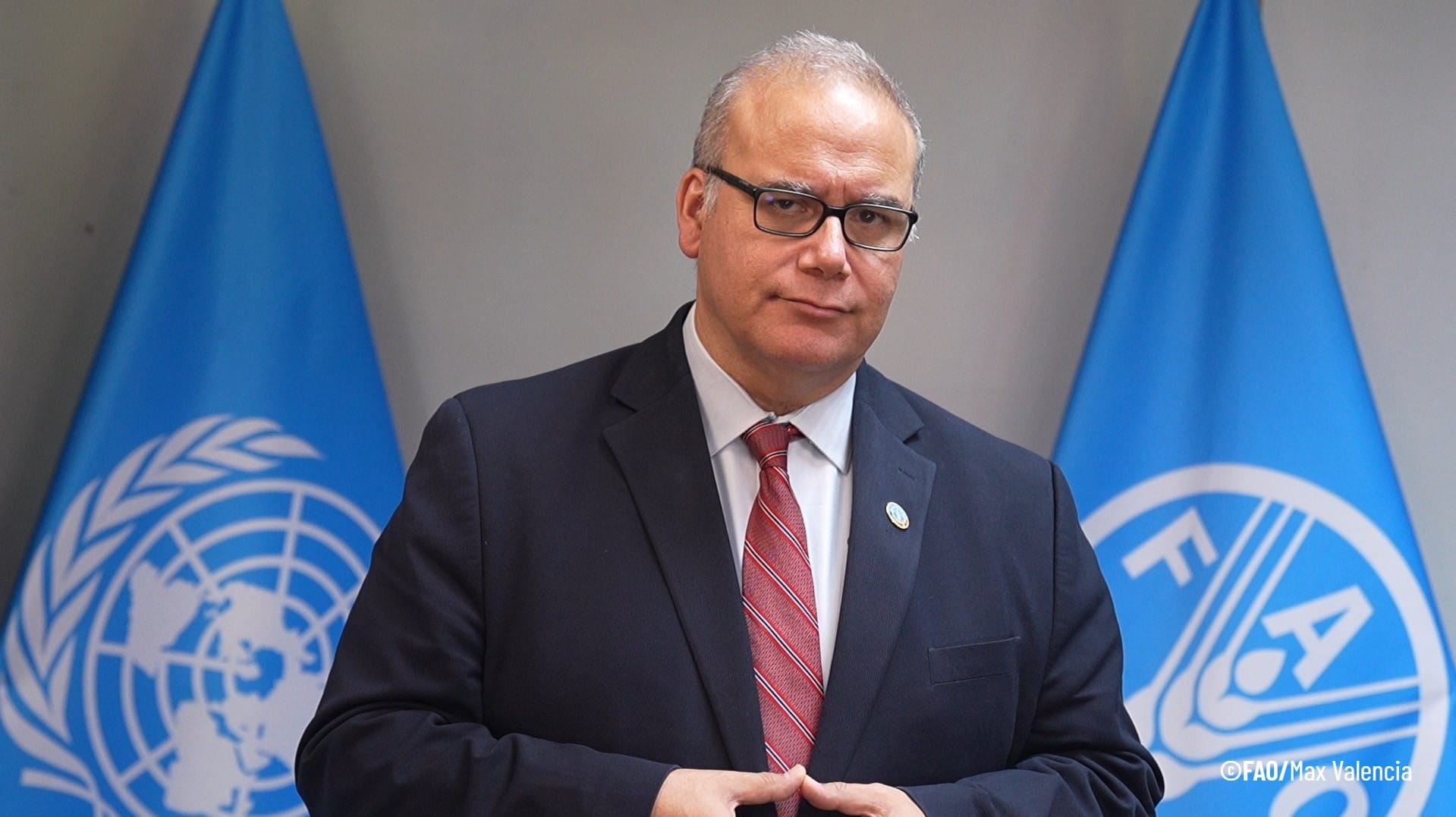
By: Máximo Torero Cullen, Chief Economist of FAO and Regional Representative ad interim for Latin America and the Caribbean
Just a few years ago, at the height of the COVID-19 pandemic, millions of families in Latin America and the Caribbean did not know whether they would have enough food for the next day. The shutdown of economies, massive job losses, and the sharp rise in prices pushed food insecurity to levels not seen in decades. And yet, the region surprised the world: between 2020 and 2024, the prevalence of moderate or severe food insecurity fell from 33.7% to 25.2%, the largest reduction recorded globally. It was a remarkable achievement, made in a global context marked by overlapping crises.
However, behind this progress lies a silent enemy that does not appear in harvest photos or market openings yet erodes the purchasing power of millions of households every day: food inflation. This is not just a temporary rise in prices, but a persistent trend that threatens to reverse hard-won progress and deepen inequalities.
During 2022 and 2023, food prices systematically rose faster than general inflation across the region. South America recorded a peak of 20.8% in April 2022, Central America 19.2% in August, and the Caribbean 15.3% in December. In January 2023, the regional food price index rose to 13.6% year-over-year, compared to an overall inflation rate of 8.5%. This gap hits hardest the poorest households, where a large share of income is spent on food.
The adjustment of labor incomes to this increase has been uneven. In Mexico, wages followed a trend similar to food prices, partially protecting purchasing power. But in most countries, real incomes contracted, reducing families’ ability to access sufficient and nutritious diets. This is not merely a short-term issue: it reflects structural weaknesses that amplify the impact of any external shock—whether economic, climatic, or geopolitical.
Although the post-pandemic expansionary policies, the war in Ukraine, rising fertilizer costs, disrupted trade routes, and extreme climate events created a “perfect storm” for food security, the problem runs deeper. The region has been experiencing low economic growth, high dependence on commodity exports, and limited productive diversification. Added to this there is a worrying decline in public and private investment in agriculture over the past two decades, weakening the sector’s productivity and resilience.
The SOFI 2025 warns that a 10% increase in food prices can lead to a 3.5% rise in moderate or severe food insecurity, a 4% increase in the case of women, and a 5% increase in the prevalence of acute malnutrition among children under five. In other words, food inflation is not just an economic issue: it has direct effects on the health, well-being, and future of millions of people.
On top of this is the high cost of a healthy diet. In 2024, more than 2.6 billion people worldwide could not afford it. In Latin America and the Caribbean, this diet costs 9% more than the global average, and in the Caribbean, 23% more. In absolute terms, reaching a healthy diet requires USD 5.16 PPP per day, an amount out of reach for 182 million people in the region. This means that even in countries with low hunger prevalence, access to nutritious food remains a luxury for a large share of the population.
In light of this scenario, the SOFI 2025 outlines a roadmap to safeguard achievements and build resilience. First, strengthen social protection systems to cushion the impact of prices on the most vulnerable. Cash transfers, targeted subsidies, and school feeding programs can serve as effective shields if well-designed and delivered on time.
Second, transform and diversify agrifood systems to reduce dependence on a narrow set of commodities and strengthen local production of nutritious foods. This requires investments in logistics, storage, and transport infrastructure to reduce costs borne by final consumers.
Third, maintain open, predictable, and rules-based international trade. Trade restrictions exacerbate volatility and make food even more expensive, so they must be avoided, especially in times of crisis.
Fourth, strengthen market information and monitoring systems to anticipate inflationary pressures and enable rapid, evidence-based responses.
And fifth, promote climate resilience and macroeconomic stability through sustainable farming practices, expanded access to agricultural insurance, and effective risk management, alongside responsible fiscal and monetary policies.
Latin America and the Caribbean have shown that, with sound policies and political will, it is possible to reduce hunger even in an adverse global context. But food inflation reminds us that progress is fragile, and structural vulnerabilities can erode it quickly. The region has the experience, capacity, and productive potential; what is needed now is strategic investment, regional coordination, and renewed commitment so that the right to adequate food ceases to be an unfulfilled goal and becomes a tangible reality for all.
Advertise with the mоѕt vіѕіtеd nеwѕ ѕіtе іn Antigua!
We offer fully customizable and flexible digital marketing packages.
Contact us at [email protected]


















Exactly what the World Economic Forum is hoping for
Comments are closed.